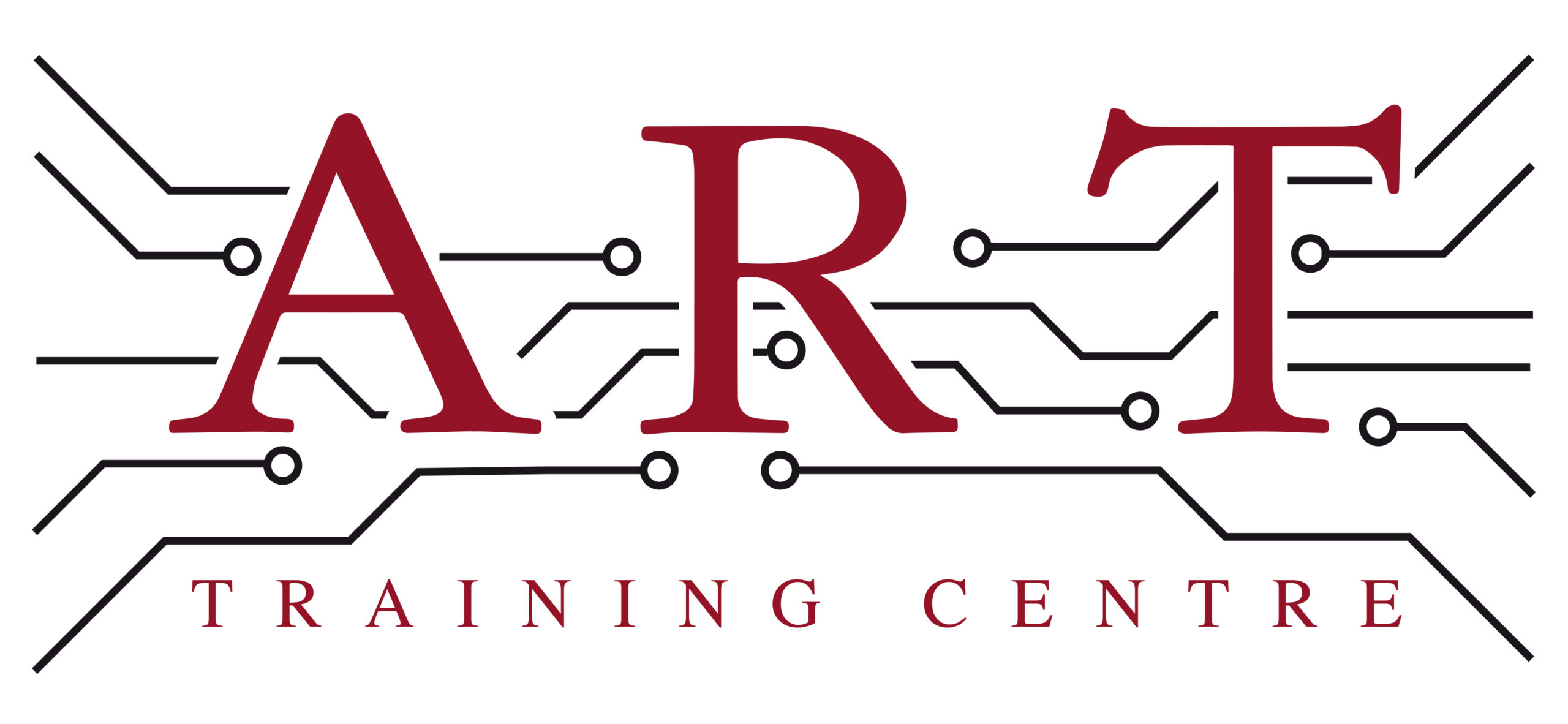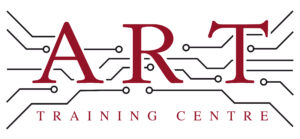Definition
Water-soluble Flux is a type of flux used in soldering that can be easily cleaned with water. It is a crucial component in electronics manufacturing, particularly for ensuring good solder joints on printed circuit boards (PCBs). This flux helps to remove oxides and contaminants from metal surfaces, allowing solder to bond effectively. Its water-soluble nature makes it convenient for post-soldering cleaning, ensuring that no harmful residues remain on the components.
How It’s Used in the Industry
In electronics assembly, Water-soluble Flux is applied during the soldering process to enhance the quality of solder joints. Technicians begin by applying the flux to the areas of the PCB that require soldering. The solder is then heated, allowing the flux to activate and promote a clean bond between the metal surfaces. After soldering, the assembly is cleaned with water to remove any residual flux, ensuring optimal performance and preventing corrosion. This process is vital for both technicians in training and experienced professionals, as it directly impacts the reliability and longevity of electronic devices.
History & Origins
Water-soluble Flux became common in electronics manufacturing in the 1980s, as the industry sought better cleaning solutions for soldering processes. Its development was influenced by the need for improved reliability in electronic assemblies and the introduction of standards, such as those from IPC (Institute for Printed Circuits). The shift towards water-soluble formulations was partly driven by environmental concerns and the desire to reduce the use of harmful solvents, making it a significant advancement in the field.
Variations
There are various types of Water-soluble Flux, including rosin-based and synthetic formulations. Rosin-based fluxes are derived from natural sources, while synthetic types are designed to provide specific properties such as lower residue or enhanced cleaning capabilities. Compared to no-clean flux, which leaves minimal residue, water-soluble flux requires thorough cleaning after soldering, making it essential to understand the differences when selecting the appropriate flux for a given application.
Modern Applications
Today, Water-soluble Flux is widely used in electronics production and repair, particularly for surface mount and through-hole technologies. Its role is critical in ensuring high-quality solder joints that meet IPC standards for reliability and performance. Additionally, it is increasingly important in professional training programs, where learners gain hands-on experience with soldering techniques and cleaning methods, reinforcing the significance of using appropriate flux types in modern electronics assembly.
Practical Tips & Training
When working with Water-soluble Flux, it is essential to follow safety guidelines, such as wearing gloves and eye protection. Inspect solder joints for cleanliness and ensure that all flux residues are removed during the cleaning process. Useful tools include ultrasonic cleaners for thorough cleaning and soldering irons with temperature control for optimal application. Structured training and certification in electronics are crucial for understanding the best practices and techniques associated with using flux in various applications.


